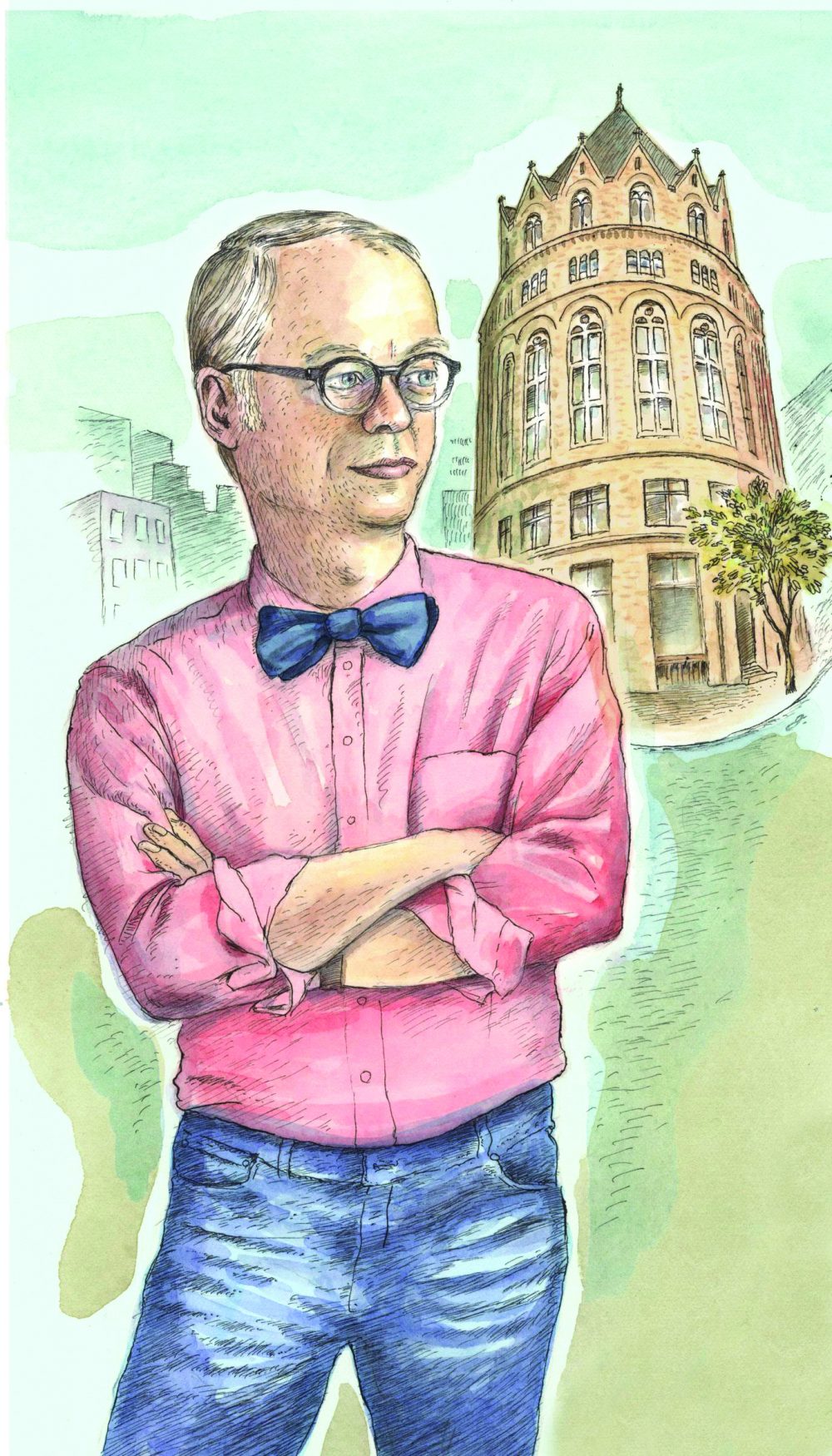Your email address is required to begin the subscription process. We will use it for customer service and other communications from Milk Street. You can unsubscribe from receiving our emails at any time.
Past and Future
Back to March-April 2020

Driving from the Hanoi airport into town, one gets a quick education on the possibilities of the motorbike as a beast of burden. A plastic crate filled with piglets. Two 20-foot long boards balanced on the driver’s right shoulder vibrating dangerously trying to achieve liftoff. An entire family of six, attached at different points, hanging on with a helter-skelter array of arms and legs. And off to the right, farmers bending over in rice patties, double-jointed at the hip, eternally flexible.
When I visited 12 years ago, Hanoi was still a political town; drab green the fashion color of choice, the Hanoi Hilton, the former prison, featuring a photograph of a young fighter pilot, John McCain, being greeted by Ho Chi Minh, families renting living space in alleys, and one’s career circumscribed if any member of the family had worked for the Americans during the war. (Our guide’s boyfriend was a policeman who could not advance due to his father’s American connections back in the `70s.) As they say, Hanoi was a company town.
One evening, we took the Orient Express up to Sapa, northwest of Hanoi, a tourist train, paneled in wood, more rickety than luxury. A one-hour drive brought us into the hills of Sapa, the town slightly smoky from wood fires. From here, we ventured up into an area inhabited by the Hmong who had emigrated centuries ago from southern China. Living in a sectioned off area, the Hmong were still persona non-grata for their collaboration with the Americans. They are mostly farmers, the land richly terraced, houses made of planked wood topped with thatched roofs, dark inside, the women’s red head coverings emerging softly from twilight. We dined on street food: grilled eggs, sweet potatoes and chestnuts, though soup made of horse meat and other parts was also on the menu.
Finally, we ended up in Ho Chi Minh City, a fiercely modern place with a million motorbikes often driven by women wearing long white gloves and face masks, intersections an ongoing game of chicken (the largest vehicle always wins), narrow alleys with junk collectors and food carts, and the electric energy of, say, a New York in the late 19th century. A friend picked me up at his hotel and I got a terrifying street-level view, desperately holding on to the back of the motorbike, on our way to a cooking lesson with his wife, who showed me how to make pork dumplings after a private showing of her cooking show, his motorbike parked behind the sofa in the living room.
To further confuse my impressions of Vietnam, we stopped by the resorts at China Beach where breakfast was a fruit plate with mango, papaya, dragon fruit, custard apple and lychee. It could have been the Four Seasons in the Caribbean. A boat ride to Ha Long Bay where we fished for squid at night. Lunch in Hué which offered steamed clams with lemon grass. And a stop at Da Nang, where U.S. troops first landed in 1965.
After the trip, I was often asked what Vietnam was like. There is no simple answer. It is 18th century and 21st century. It is rooted in the past but poised for the future. It is informed by communism in the north but wildly capitalistic in the south. It is quiet and noisy. It is rural and urban. It is kind and harsh. It is poor and prosperous. It was the perfect time to see a culture at its most vibrant and unsettled, as it was moving rapidly toward an exciting future.
What a tourist finds appealing is the past, that out of the way anachronism that gives one the feeling of having experienced something authentic. Yet, the woman selling grilled chestnuts in Sapa yesterday may be a computer programmer today. Our guide, who slept on a mat next to her mother, may have moved to California and started a restaurant. Or the families who clung to motorbikes for transportation might now be driving a new SUV.
The past is a siren’s song of longing for what is basic in the human condition – a sense of place, of belonging, of being close to the earth. The future, however, is inevitable. One sacrifices family ties for antibiotics and dishwashers, jet planes and iPhones.
Yet, it is unlikely to be such a simple trade-off. All we know is that we are giving up one thing for another, the other yet unknown. And, for most of the population, we have to consider whether the future may well be a happier, better place to live.
March-April 2020
